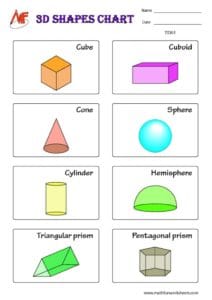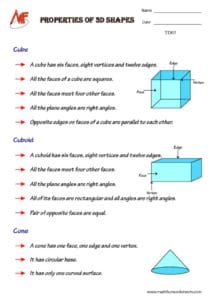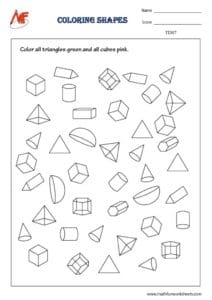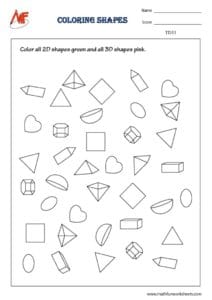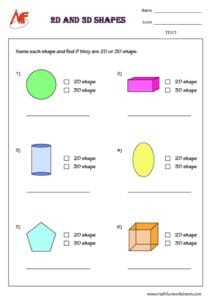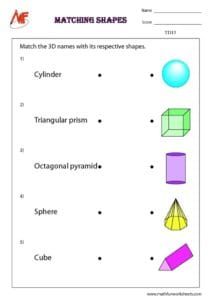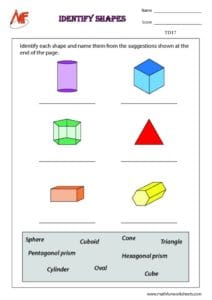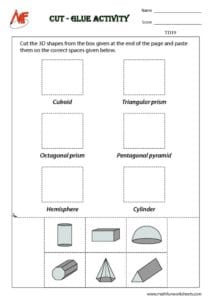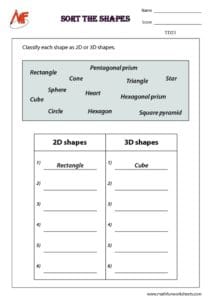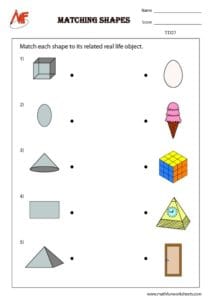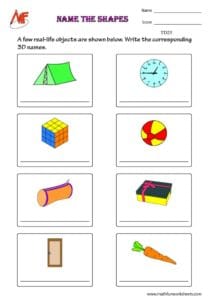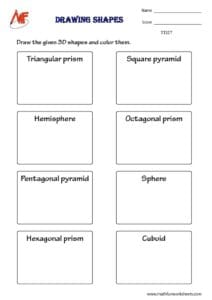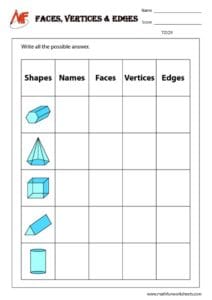Browse by Topics
- English Worksheets
- Science Worksheets
- Kid's Corner
- Numbers & Operations
- Addition
- Subtraction
- Multiplication
- Division
- Decimals
- Place Value
- Roman Numerals
- Skip Counting
- Odd & Even Numbers
- Patterns
- Cardinal & Ordinal Numbers
- Rounding Numbers
- Estimation of Numbers
- Estimation of Time & Money
- Counting & Cardinality
- Comparing Numbers
- Ordering Numbers
- Fractions
- Prime & Composite Numbers
- Squares & Cubes
- Square & Cube Root
- Divisibility Rules
- Factors & Multiples
- Data Handling
- Algebra
- Ratio
- Least Common Factor
- Greatest Common Factor
- Percent Worksheets
- Proportion
- Order of Operations
- Scientific Notation
- Exponents
- Algebraic Expressions
- Evaluating Algebraic Expressions
- Simplifying Algebraic Expressions
- Graphing Lines
- Point Slope Form
- Two Point Form
- Two Intercept Form
- Equations
- Identifying Functions
- Evaluating Functions
- Function Table
- Domain and Range
- Trigonometric Charts
- Quadrants
- Polynomials
- Measurement
- Geometry
- Word Problems
3D Shapes Worksheets
3D shapes worksheets help students explore solid figures in a fun and interactive way. These worksheets focus on identifying and understanding 3D shapes like cubes, spheres, cones, cylinders, and pyramids. With clear visuals and step-by-step activities, students can easily grasp the properties of each shape.
Here, we will concentrate on 3-D shapes or solids. They are solid objects that can be measured in three directions.
In these 3-D shapes worksheets, we will learn all the 3- dimensional shapes and their properties. Consider representing these shapes on three axis- x, y and z axis. Thus the measurable attributes on three axis are length, width and height (depth or thickness). A few three dimensional shapes are shown below.

All 3- D shapes have faces, edges and vertices.
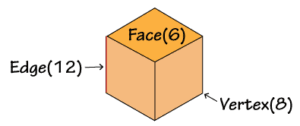 The flat surfaces of the cube are called faces. A cube has 6 faces.
The flat surfaces of the cube are called faces. A cube has 6 faces.
The line segment where two faces meet are edges. A cube has 12 edges.
Vertex is where three edges meet. A cube has 8 vertices.
We have a number of 3- D objects around us. Almost all the things we handle are solids. Your tea cup, mobile, laptop are all 3- D objects.
 Now that your familiar with 3- D shapes, download worksheets for practice. All are free to use and are easily accessible.
Now that your familiar with 3- D shapes, download worksheets for practice. All are free to use and are easily accessible.
3D Shapes Worksheets
First, learners discover the basic features of 3D shapes. They learn terms such as faces, edges, and vertices. For example, a cube has 6 faces, 12 edges, and 8 vertices. The worksheets guide students to count and label these features. This builds a strong foundation for recognizing and comparing shapes.
Next, students match real-life objects to their corresponding 3D shapes. A basketball represents a sphere. A box looks like a rectangular prism. These real-world connections make learning more meaningful and memorable.
Then, students move on to sorting and classifying shapes. Worksheets include exercises where they group shapes by their properties. Some tasks involve identifying shapes from different angles or completing patterns using 3D figures. These activities boost visual thinking and problem-solving skills.
In addition, many worksheets offer hands-on tasks. Students may cut, fold, and build paper models. This gives them a better understanding of shape structure and spatial awareness. Some worksheets also include word problems that apply geometry to everyday situations.
Teachers and parents can use these worksheets in class or at home. They are suitable for a wide range of grade levels. The activities are simple, yet effective in reinforcing key concepts.
In conclusion, these worksheets are a great way to introduce and practice solid geometry. They help students build confidence and enjoy learning about the world of shapes. With regular use, students gain both knowledge and excitement for math.

